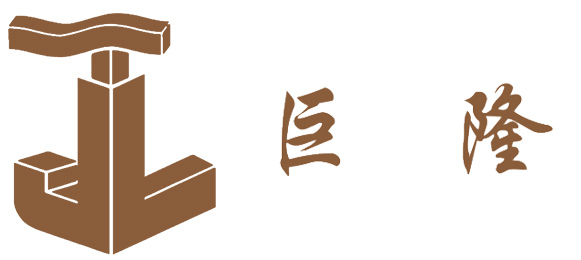Detail
At the 22nd China Beauty Expo held from May 23rd to 25th, the Kaidu Consumer Index released a report on the market trends of Chinese beauty products titled "New Generation of Chinese Beauty Products".
The report points out that in 2016, the sales growth of China's skincare and makeup markets continued to remain high, with growth rates of 12% and 13% respectively, far higher than the overall growth rate of the fast-moving consumer goods market. In the seemingly unchanged high growth, Chinese consumer behavior and competitive environment have further changed: consumers have become more astute in obtaining brand information and choosing purchasing methods; At the same time, more brands are also entering the beauty industry, hoping to gain new dividends in this market where opportunities and challenges coexist.
The Kaidu Consumer Index has also released the first Chinese skincare and makeup brand footprint ranking based on personal beauty index research. A barometer of consumers' purchasing choices for skincare and makeup brands reveals the skincare and makeup brands that Chinese consumers choose the most and purchase the most frequently.
According to the report, in 2016, Peckling was the most popular skincare brand among Chinese urban consumers, with 15.9% of consumers purchasing the Peckling brand 1.7 times on average last year. Baique Ling is currently the first skincare brand among all skincare brands to have a consumer impact rating (CRP) of over 100 million.
In the cosmetics market, Maybelline was the most chosen brand by Chinese urban consumers in 2016. The Chinese cosmetics market is still in its early stages of development, and the average purchase frequency of major brands is relatively low. Therefore, increasing the penetration rate of buyers is an important engine to drive brand growth, and penetration rate is also the key to winning the leading market for Maybelline. In the cosmetics brand footprint ranking, Kazilan is the brand that consumers choose the most among Chinese cosmetics brands.
The data from the Kaidu Consumer Index also shows that although the Chinese beauty market continues to maintain a high-speed growth trend, competition is also becoming increasingly fierce. The sales share of the top 20 skincare and makeup brands decreased by 5% and 7% respectively compared to the same period last year. This means that driven by competition, consumers' choices of beauty products have become more differentiated. Having only a "big brand" aura is no longer enough to win the competition. Only by truly understanding the changes in consumer demand, focusing on consumer centered product development, channel layout, and marketing communication, can brands remain invincible.
The youthfulness, differentiation, and digitization of the Chinese beauty market will bring sustained growth momentum for the next five years. The purchase and use of beauty has become an important component of the lifestyle of millennial consumers. Under the influence of globalization trends, health, convenience, and pleasure may become new avenues for brands to win consumers' choices.
Summary of Beauty Trends:
The beauty category maintains a double-digit high-speed growth, with consumption upgrading and the growth of beauty steps being the core driving force.
Consumers are willing and capable of paying for high-quality products. High end brands in China should focus on young women, who are the core purchasing group.
Improving skincare awareness and knowledge can enrich skincare steps. Advanced skincare products have grown comprehensively since 2016, and the skincare portfolio has reached a turning point of maturity.
Consumers are becoming increasingly intelligent, choosing only the best products in the category. Consumers will choose to believe in the value of the product through self-evaluation. Brands must cultivate celebrity products and become the best in a specific niche.
Fashion has become a component of beauty and is becoming increasingly important. Consumers are starting to pay for the joy of use, not just the product itself.
